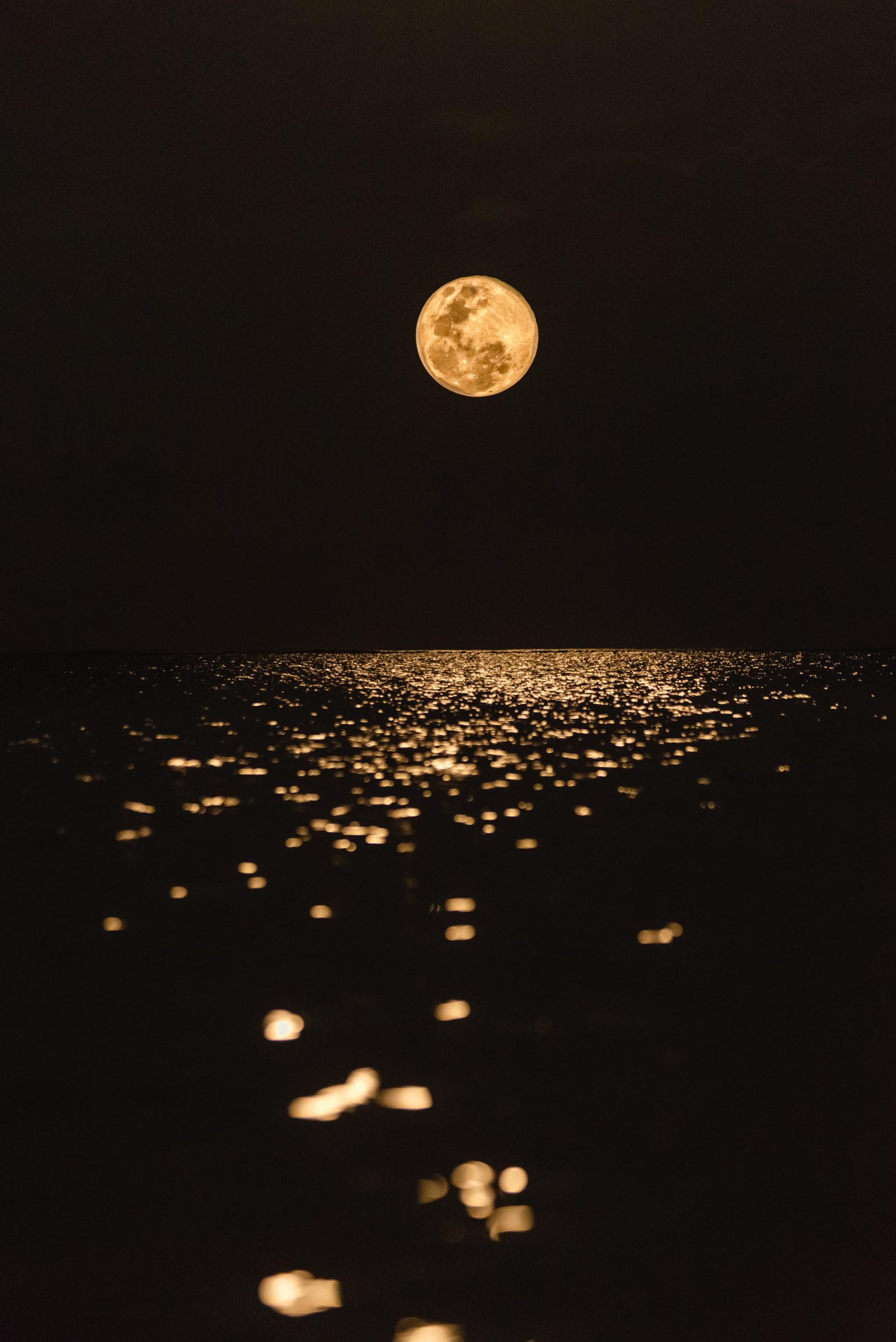The Beauty of Waxing Crescent Moon: A Guide to Capturing Stunning Pictures
The waxing crescent moon is a breathtaking sight to behold. With its slender, curved shape and subtle illumination, it sets the stage for countless magical moments in the night sky. Photographing the waxing crescent moon can be a challenging yet rewarding endeavor. In this comprehensive guide, we will explore the key aspects of capturing the perfect picture of the waxing crescent moon, including equipment, timing, and techniques. So, let’s dive into the world of lunar photography and unlock the secrets behind this captivating celestial phenomenon.
The Waxing Crescent Moon: A Brief Overview
Before we delve into the technical aspects of moon photography, let’s take a moment to appreciate the waxing crescent moon itself. As the moon transitions from a new moon to a full moon, it goes through several distinct phases, one of which is the waxing crescent phase. During this phase, the moon appears as a slender, crescent-shaped sliver, with only a small portion of its surface illuminated. The waxing crescent moon is visible shortly after sunset, usually within 1-3 days following the new moon phase.
Why Photograph the Waxing Crescent Moon?
Photographing the waxing crescent moon offers a unique opportunity to capture the delicate beauty of celestial alignment. The crescent shape presents a visually appealing composition, with its graceful curve accentuating the surrounding darkened sky. Additionally, capturing the waxing crescent moon allows you to document the moon’s changing phases and track its celestial journey over time.
Equipment for Moon Photography
While it is possible to capture decent images of the waxing crescent moon using a smartphone or a basic point-and-shoot camera, investing in the following equipment will greatly enhance your chances of capturing stunning lunar photographs:
| Item | Description |
|---|---|
| Camera | A DSLR or mirrorless camera allows for manual control over settings like exposure, ISO, and shutter speed, essential for lunar photography. |
| Telephoto Lens | A telephoto lens with a focal length between 200-400mm enables you to zoom in and capture details of the moon’s surface. |
| Sturdy Tripod | A tripod helps maintain stability and reduces image blurring caused by camera shake during long exposures. |
| Remote Shutter Release | A remote shutter release eliminates the need to physically touch the camera when capturing an image, minimizing vibration and maximizing sharpness. |
Timing Your Capture
Timing is crucial when photographing the waxing crescent moon. The following factors can greatly influence the outcome of your photographs:
- The Moon’s Age: The waxing crescent moon is visible for a short period after sunset, usually 1-3 days following the new moon phase.
- Weather Conditions: Clear skies with minimal cloud cover are ideal for capturing crisp, detailed shots of the moon.
- Location and Positioning: Determine the moon’s position and plan your shoot accordingly. Various smartphone apps and websites offer moon phase and rise/set time information.
Aim to capture the waxing crescent moon when it is positioned higher in the sky, away from the horizon’s potential obstructions such as buildings or trees.
Camera Settings and Techniques
To achieve the best possible results when capturing the waxing crescent moon, consider the following settings and techniques:
- Manual Mode: Switch your camera to manual mode to have full control over settings such as ISO, shutter speed, and aperture.
- ISO: Start with an ISO setting of around 200-400 to capture the moon’s delicate details while minimizing image noise.
- Shutter Speed: For a crisp and sharp image, use a fast shutter speed of around 1/125th of a second or faster.
- Aperture: Choose a narrow aperture (higher f-number) like f/8 or higher to ensure the entire moon is in focus.
- Spot Metering: Use spot metering on the moon itself to expose for its brightness, as it can be significantly brighter than the surrounding sky.
- RAW Format: Shoot in RAW format to retain maximum image information for post-processing adjustments.
- Composition: Experiment with various compositions, such as including elements like silhouettes or foreground objects to add interest and depth to your images.
Post-Processing and Enhancements
After capturing your waxing crescent moon images, post-processing allows you to fine-tune and enhance your shots. Here are a few tips for effective post-processing:
- White Balance: Adjust the white balance to ensure accurate representation of colors.
- Contrast and Sharpness: Enhance contrast and sharpness to bring out the intricate details of the moon’s surface.
- Noise Reduction: Apply noise reduction techniques to minimize any image noise, especially if you shot at a higher ISO.
- Cropping and Resizing: Crop and resize your images to highlight the moon and remove any distracting elements around the frame.
Remember to maintain a balanced approach during post-processing, avoiding excessive edits that may result in an unrealistic or unnatural final image.
Experiencing the Wonders of the Waxing Crescent Moon
The waxing crescent moon represents a truly captivating celestial event, and capturing its beauty through photography allows us to cherish and share these fleeting moments. Armed with the right equipment, knowledge of timing, and appropriate camera settings and techniques, you can embark on an extraordinary lunar photography journey. So, venture out into the night, explore the mysteries of the moon, and create images that showcase the enchanting charm of the waxing crescent moon.
Table of Contents
